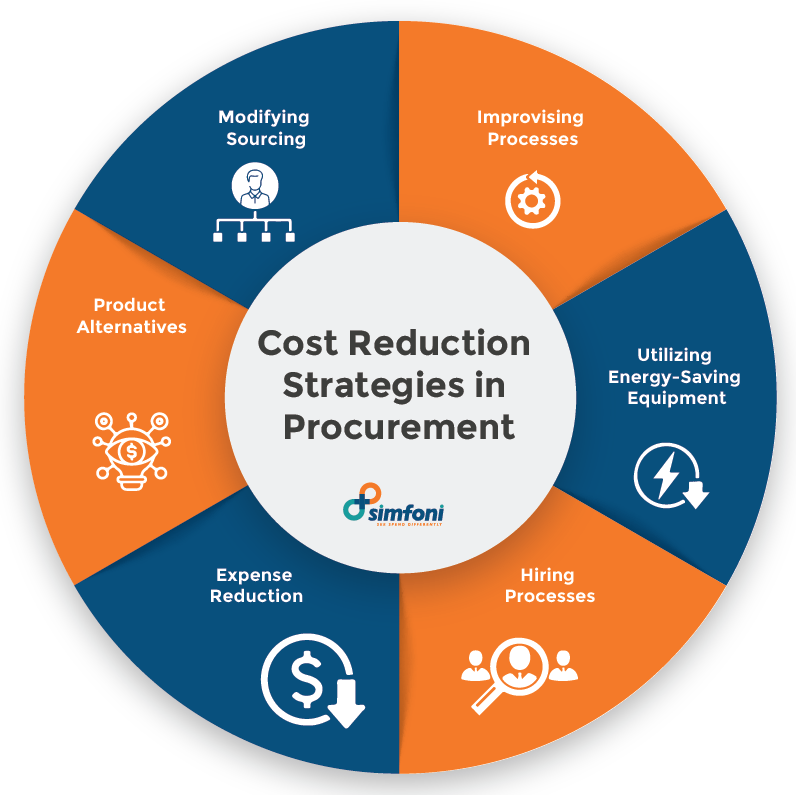Improving Asylum Shelter Management: Recommendations For Cost Reduction And Enhanced Services

Table of Contents
Optimizing Resource Allocation for Cost Reduction in Asylum Shelter Management
Effective asylum shelter management requires careful resource allocation. By implementing cost-saving measures without compromising the quality of care, shelters can operate more sustainably and serve more individuals. Here are some key strategies:
Streamlining Procurement and Supply Chain Management
Efficient procurement is essential for reducing operational costs in asylum shelter management. Consider these steps:
- Implementing competitive bidding processes: Regularly solicit bids from multiple suppliers to ensure you are receiving the best prices for goods and services. This promotes transparency and fairness.
- Negotiating bulk discounts: Purchasing essential items in bulk can significantly reduce per-unit costs. Negotiate favorable terms with suppliers to leverage economies of scale.
- Utilizing technology for inventory management: Implementing inventory management software can help track stock levels, minimize waste from expired or unused items, and optimize ordering. This reduces storage costs and prevents shortages.
- Exploring partnerships: Collaborate with local businesses and community organizations. They may offer donations of essential goods or discounted services, reducing reliance on expensive external suppliers. This also strengthens community ties.
Energy Efficiency and Sustainability Initiatives
Reducing energy and water consumption can significantly lower operational costs in the long term. Consider the following:
- Investing in energy-efficient appliances and lighting: Switching to LED lighting and energy-efficient appliances (refrigerators, washing machines) reduces electricity bills and lowers the shelter's carbon footprint.
- Implementing water conservation measures: Installing low-flow showerheads and faucets, fixing leaks promptly, and educating residents about water conservation can significantly reduce water bills.
- Exploring renewable energy options: Investigate the feasibility of installing solar panels or other renewable energy sources to reduce reliance on the grid and lower energy costs.
- Promoting recycling and waste reduction programs: Implementing a robust recycling program and educating residents about waste reduction strategies can minimize waste disposal costs and promote environmental responsibility.
Staff Optimization and Training
Optimizing staffing levels and providing adequate training are crucial for efficient asylum shelter management. Consider these approaches:
- Effective staff scheduling: Implement optimized scheduling to minimize overtime costs while ensuring adequate coverage. This requires careful forecasting of staffing needs.
- Ongoing training: Provide regular training for staff on best practices in asylum seeker support, cultural sensitivity, trauma-informed care, and relevant legal frameworks. This enhances their effectiveness and job satisfaction.
- Utilizing volunteer programs: Supplement paid staff with well-trained volunteers to handle tasks like administrative support, social activities, or language tutoring, reducing labor costs.
- Investing in technology: Utilize software to automate administrative tasks such as scheduling, record-keeping, and communication, freeing up staff time for direct service provision.
Enhancing Services for Asylum Seekers While Managing Costs in Asylum Shelter Management
Cost-effective asylum shelter management doesn't mean compromising on service quality. Instead, it involves finding innovative ways to maximize the impact of available resources.
Improving Healthcare Access and Mental Health Support
Access to healthcare is paramount. Strategies include:
- Partnerships with healthcare providers: Negotiate discounted or pro bono services with local clinics and hospitals to ensure asylum seekers receive necessary medical attention.
- On-site mental health support: Provide on-site mental health support through trained counselors or utilize telehealth options to address the unique mental health needs of asylum seekers.
- Culturally sensitive health education: Develop culturally appropriate health education programs to address common health concerns and promote healthy lifestyles.
- Creating a safe environment: Foster a safe and supportive environment to address trauma and promote the well-being of residents. This is crucial for effective integration.
Educational and Vocational Training Programs
Empowering asylum seekers with education and job skills is key to their successful integration. Strategies include:
- Language classes and literacy programs: Offer language classes and literacy programs to help asylum seekers improve their language skills and access educational and employment opportunities.
- Vocational training: Provide vocational training programs to equip asylum seekers with marketable skills and enhance their employability.
- Collaboration with institutions: Partner with local educational institutions and businesses to offer training programs and facilitate job placement.
- Supportive environment: Create a supportive environment that fosters self-sufficiency and encourages residents to pursue educational and employment goals.
Strengthening Community Integration and Support Networks
Successful integration requires strong community connections. Consider:
- Facilitating connections: Connect asylum seekers with community organizations and volunteers who can provide mentorship, language support, or other assistance.
- Social events: Organize social events and activities to promote social interaction and integration into the local community.
- Cultural orientation programs: Offer cultural orientation programs to help asylum seekers understand and adapt to their new environment.
- Legal aid and information: Provide access to legal aid and information resources to help asylum seekers navigate the legal system and understand their rights.
Conclusion
Effective asylum shelter management requires a balance between cost-efficiency and high-quality services. By implementing the recommendations outlined—from optimizing resource allocation and streamlining procurement to enhancing healthcare access and fostering community integration—we can significantly improve the lives of asylum seekers while managing resources responsibly. Investing in efficient asylum shelter management is an investment in human dignity and successful integration. Let's work together to build a more sustainable and supportive system for asylum seekers through improved asylum shelter management practices.

Featured Posts
-
 Mc Ilroy And Lowry Team Up At Zurich Classic
May 11, 2025
Mc Ilroy And Lowry Team Up At Zurich Classic
May 11, 2025 -
 Warner Bros Discoverys Grand Slam Tennis Broadcast Plans Unveiled
May 11, 2025
Warner Bros Discoverys Grand Slam Tennis Broadcast Plans Unveiled
May 11, 2025 -
 Mueller Confirme Son Depart Du Bayern Munich Apres 25 Saisons
May 11, 2025
Mueller Confirme Son Depart Du Bayern Munich Apres 25 Saisons
May 11, 2025 -
 Wall Streets Resurgence A Turnaround For Bullish Investors
May 11, 2025
Wall Streets Resurgence A Turnaround For Bullish Investors
May 11, 2025 -
 Tennessee Baseball 12 1 Victory Against Sycamores
May 11, 2025
Tennessee Baseball 12 1 Victory Against Sycamores
May 11, 2025
